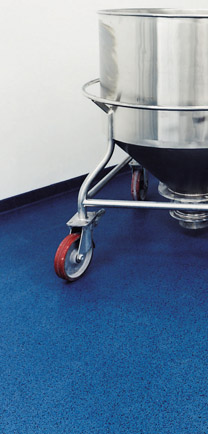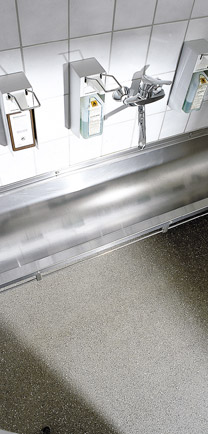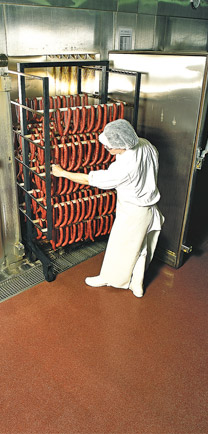MMA vs Epoxy
What’s Really The Difference Between MMA And Epoxy?
There are times when one feels as if one should have a chemistry degree in order to properly understand all the differences between MMA vs epoxy, and the more we dig into the disparities and what the actual differences are when looking at the actual workings of each, the more convinced we are that a degree might not be enough. What might be really needed here to make a good comparison would be to have a Master’s in organic/inorganic chemistry as well as a Master’s in analytical chemistry.
Having a doctorate in both of those would certainly nail down all the pros and cons of each and would finally blur the line between the two. Yes, at present the line is possible even more blurred than it need be, but on the other hand so many people in general need much stronger evidence to be able to know the actual differences of MMA vs Epoxy.
First are the important definitions of each of course, which means that a near perfect definition would indeed take an engineering degree to fully understand what has been defined. If that sounds like so much double speak, it is because it is. Nowhere did we find any that could be understood by the ordinary layman, thus we have had to write one ourselves.
MMA is what is actually called methyl methacrylate, but since saying that is a true tongue twister, everyone refers to it as MMA. In layman’s terms MMA is actually a transparent plastic. Think of some plastic surfaces that can be seen through, and chances are that the substance it is made of is MMA. The substance is sometimes erroneously referred to as plastic glass, though its properties are nowhere near glass. Think of Plexiglass instead, or perhaps ACRYLITE®, Perspex, or Lucite which are brand names of various kinds of MMA. On a generic level, think of it as perhaps being acrylic glass.
Acrylic glass has been utilized as far back as World War II, when the war time created such necessary inventions such as airplane gun turrets, canopies, windshields, and even submarine periscopes. Thus MMA being used as flooring now is nothing really new.
Looking now at epoxy, we find that it can also be defined as a type of plastic. However, epoxy production can be either petroleum derived or it can be plant derived even. Epoxies contain a hardener in them, meaning that without the hardener epoxy would actually remain a liquid. Hardening of epoxy is called curing. Some epoxy hardeners require the need for heat to be applied to it, thus as you can imagine that kind of hardener would be useless for epoxy flooring. Thus common hardeners instead tend to be carboxylic acids, or tertiary amines for example which are mixed together to create an epoxy flooring substance. Many of these hardeners can produce off-gassing which can be harmful even days after instillation.
Thus, we now look at MMA vs Epoxy flooring with a new understanding of each, but to be honest flooring experience is what is the “tell” in deciding one against the other. For instance, looking at Silikal which is enhanced MMA with no VOCs brings to light the fact that it is lifetime flooring, can be utilized anywhere, and it cures in less than one hour! The enhancement that Silikal has created removes any tiny pinholes from ever developing, thus creating a completely seamless, more durable flooring.



